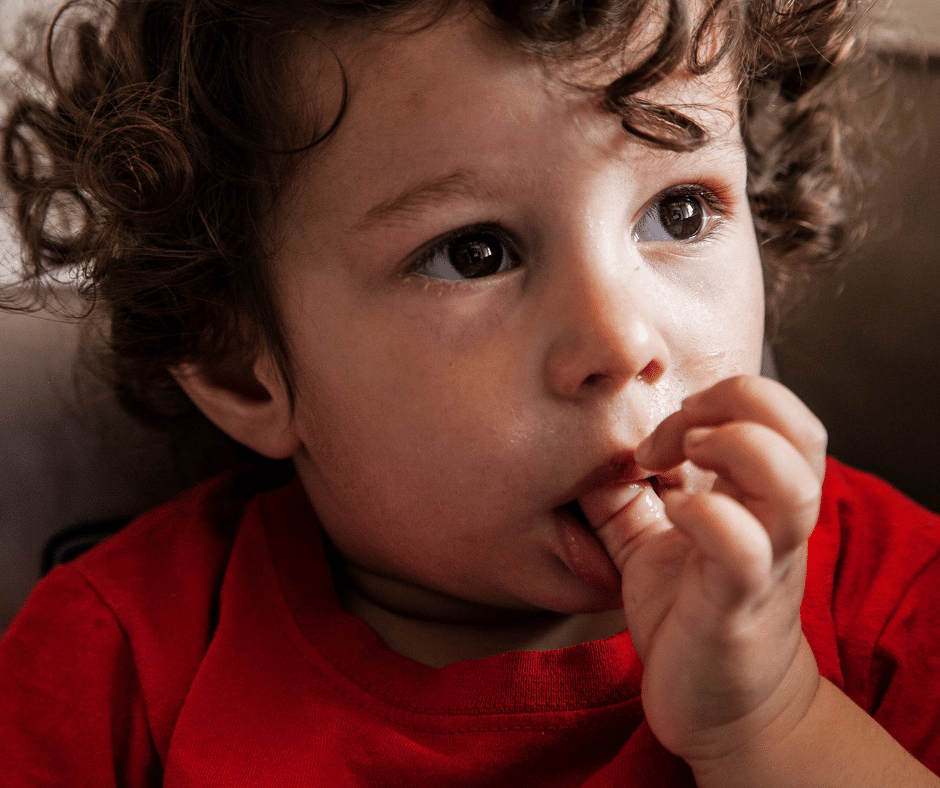Top Children’s Habits and How to Handle Them
What Makes a Habit a Habit?
How to Help Children Stop Habits
Most habits fade on their own over time. However, if your child’s habit is interfering with daily activities or causing harm, it may be worth helping them break it.
For instance, thumb- or finger-sucking is usually harmless and common among young children. But if your child does it constantly—so much that it affects their ability to talk, eat, even leading to dental issues or leads to teasing from other children—it might be time to step in.
Tips for Reducing Habits
Talk about it together. Help your child understand their behavior and involve them in finding a solution. For example, you might say, “What could you do instead of picking your nose so you don’t spread germs?”
Offer gentle reminders. Calmly draw attention to the habit when it happens, without scolding or shaming.
Provide distractions. Encourage alternative activities to keep your child’s hands busy—for example, playing with a fidget toy while watching TV or trying a hand game like Itsy Bitsy Spider.
Tackle one habit at a time. If your child has more than one habit—such as thumb-sucking and hair-pulling—focus on stopping one first. Often, when one habit fades, the other may lessen or stop as well.
When It May Be Time To Seek Help
Most habits are harmless and fade with time, but in some cases, professional help may be needed.
Thumb- and Finger-Sucking
If thumb- or finger-sucking continues for several years, it can start to affect the development of your child’s teeth. If your child is still sucking their thumb or fingers after the age of 4, you could speak with a Pediatrician or Family doctor about options to discourage the habit. If you’re worried about possible dental issues, it’s best to consult your dentist.
When Anxiety Might Be the Cause
Sometimes habits are a sign of anxiety. In these cases, it helps to address the underlying cause rather than just the behavior. Talk to your Pediatrician or Family doctor, who can refer you to a suitable professional. For example, a psychologist can teach your child effective strategies to manage anxiety and reduce the habit.
Habits in Children with Disabilities or Additional Needs
Children with disabilities, autistic children, or those with other additional needs may have more frequent or noticeable habits than other children. If you’re concerned, a psychologist or specialist experienced in working with children with additional needs can provide tailored guidance and support.
Habit or Tic?
It’s important to know the difference between a habit and a tic. Tics are sudden, repetitive, and involuntary movements or sounds—such as blinking, facial twitches, arm jerks, or grunting. A child might manage to suppress a tic briefly, but it usually returns when they stop focusing on it.
If you notice your child has tics that seem distressing or persistent, it’s best to seek professional advice. Your Pediatrician or Family doctor can help you decide on the next steps and refer you to the right specialist.

